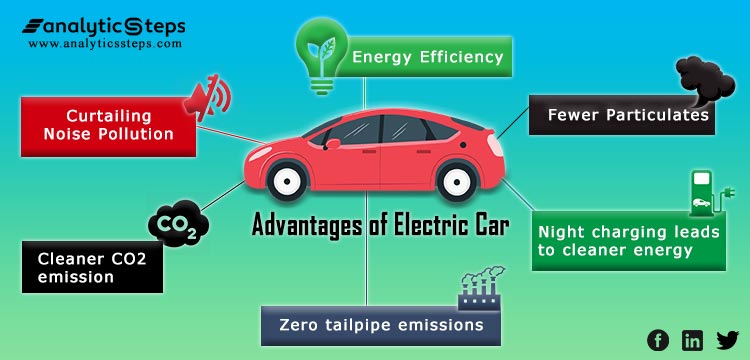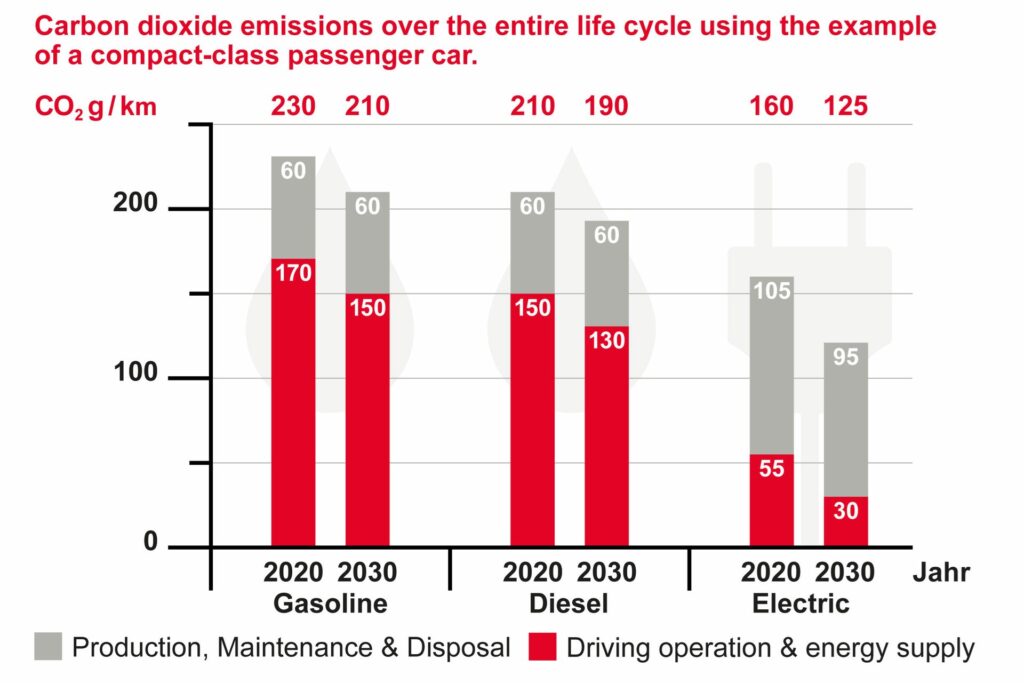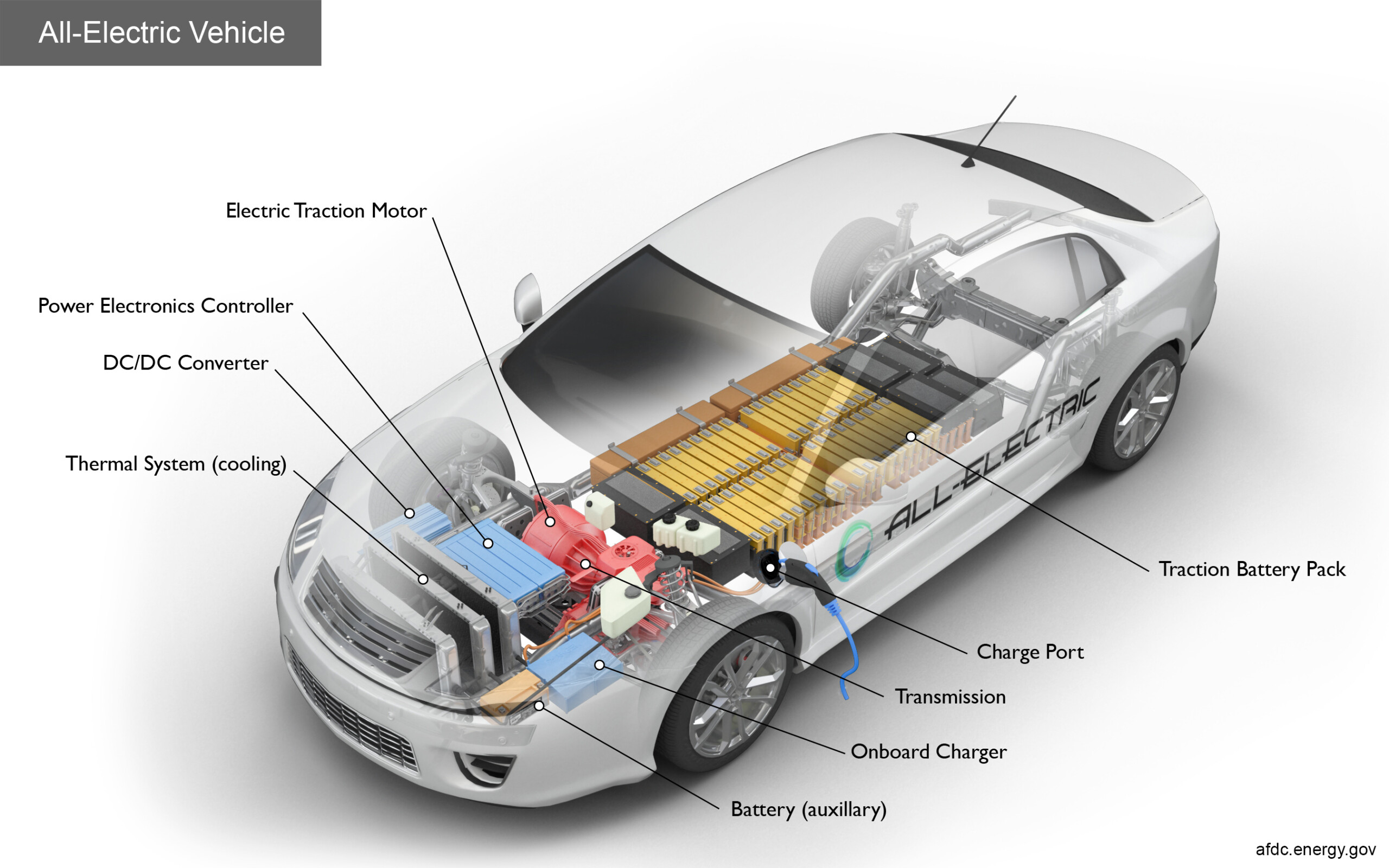Are electric cars environmentally friendly? A look inside the battery of an e-car will give us an idea.
The battery is the heart of an electric car and has a significant impact on its environmental footprint. Without it, nothing moves; it stores energy for the charging process, provides power for the engine and is a decisive parameter for the car’s range.
The battery pack of an electric car should not be thought of as a single component. Rather, it consists of numerous modules with multiple battery cells that are interconnected. In this way, the battery provides the necessary energy for the powertrain.
In addition to high energy and power density, the most important requirements are functionality and safety. The battery itself is therefore encased in a housing made of materials that are robust, flame-resistant and as light as possible.
Electromobility and Circular Economy Initiative
Lanxess offers various chemicals for the field of electromobility. Flame retardants, coolants, high-tech thermoplastics for battery and electric powertrain components, but also starting materials for cathode materials and electrolyte components.
Lithium-ion batteries are the most widely used. Why lithium? The electricity that is needed to power the engine and other units such as the steering, braking unit, heating, air conditioning and on-board computer is nothing more than a flow of electrons.
The alkali metal has an important property for the battery: it releases its electrons very easily into the current flow and has a low intrinsic mass. Essentially, the more lithium in the battery electrodes, the higher the capacity. In addition, lithium-ion batteries show limited aging during charging and discharging.
Electric vehicles are considered climate-friendly. After all, no fossil fuels such as gasoline or diesel are burned to power the engine. This also eliminates carbon dioxide emissions.
However, if we look only at the production process, the environmental balance of electric cars is initially worse than that of vehicles with internal combustion engines, according to the German Federal Ministry for the Environment.

Reasons for this include:
- A large proportion of the batteries currently come from Asia. There, the share of coal-based power generation is significantly large.
- More raw materials are needed, including larger quantities of cobalt, copper and nickel. But the extraction of these raw materials is energy-intensive, associated with high environmental burdens, and in some cases ethically problematic.
- Large amounts of CO2 are also produced in intermediate products such as steel, aluminum and plastics due to the high energy input.
Comparison of CO2 emissions of “electric cars” vs. conservative vehicles
Over the entire life cycle, however, the climate balance of the e-car compares favorably with vehicles running on gasoline or diesel engines. Significantly less carbon dioxide is produced during driving and energy supply. This overcompensates for the electric vehicle’s poorer carbon dioxide emissions in production, maintenance and disposal.
According to the German Ministry of Environment, electric vehicles already produce 30 percent less greenhouse gases than gasoline-powered vehicles. Compared to a diesel vehicle, the figure is 23 percent. With the planned expansion of renewable energies in Germany in the coming years, this advantage will increase further.

What can be done to improve the environmental performance of e-cars?
There is potential for improving the environmental performance of electric vehicles. According to the Swedish Environmental Institute IVL and the Fraunhofer Institute for Systems and Innovation Research (ISI), the use of renewable energies in production plays a particularly important role here. Usage of such energy currently is still low but increasing more and more.
In addition, work is being done on other technologies that are more environmentally friendly. Currently, for example, there are some promising pilot projects for the use of combined lithium and sodium-ion battery systems for electric vehicles. These would be more resource-efficient because they do not require cobalt or nickel.
What is the impact of recycling processes?
With regard to a more sustainable use of raw materials in battery production, recycling processes are becoming increasingly important. Legal recycling quotas play a central role here. For example, since 2016, a minimum collection quota of 45 percent has already applied to the member states of the European Union for the recycling of lithium-ion batteries. However, the ISI still sees further potential for recycling the materials contained in the batteries.
The contribution that the automotive industry can have towards climate protection is therefore obvious: It is the further expansion of electromobility in combination with consistent application of circular economy methods. According to a study by the World Economic Forum and management consultants Accenture, this alone offers the potential to reduce CO2 emissions per passengers km by up to 75 percent by 2030.
a
Support Green Journalism
Dear Readers,
Since March 2013, SustainabilityNext (SN) has been educating and exciting thousands of entrepreneurs, executives and graduate students about the power of Sustainability in influencing our future. It’s purpose is to inspire and provoke Indians to move swiftly from awareness to belief to ACTION.
As of December 2021, SN is India’s most read digital magazine on the business of sustainability. It has been covering Green Business, Green Products, Social Entrepreneurship, Green Literature, Green Technology, among others. A youth section was added in 2021.
SN launched India’s first Green Literature Festival (www.greenlitfest.com) in June 2021 to offer a robust platform for readers and writers to hold meaningful conversations.
For SN to grow and stay relevant it needs to transition from a grant and self-funded model to a community-funded and/or institution/corporate-funded model.
Looking forward to your timely and generous support.
Why Support SN – https://sustainabilitynext.in/support/
Subscriber
Supporter
Benefactor
Sponsor
All supporters get two-year subscription to SN. You can Gift Subscription to your colleagues/friends/family.
For sponsorships and advertising please contact
Benedict Paramanand
Publisher & Editor
benedict99@gmail.com
a











